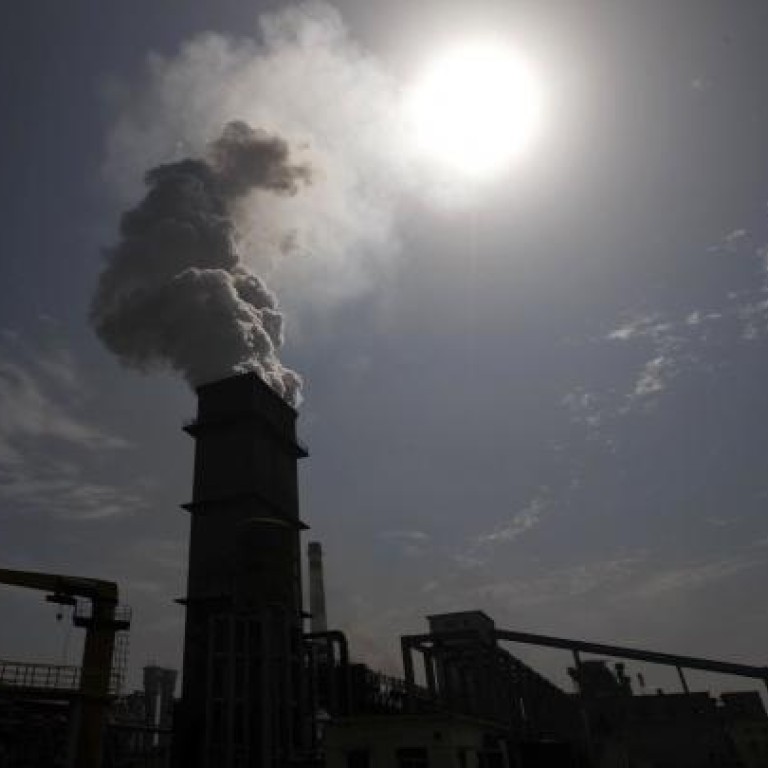
Nuclear energy key to China's development
Hooman Peimani applauds the decision to continue building reactors
The State Council has partially lifted a ban on new nuclear power stations in China - imposed following the Fukushima nuclear incident - allowing construction to go ahead in coastal areas. Under the new terms, no inland projects will be allowed to be built in the next three years of the current five-year plan.
The ban was part of a series of measures undertaken by the Chinese government to ensure the safety of its nuclear power sector at a time when exaggerated reporting about the Fukushima accident and a prevailing lack of knowledge about nuclear energy made many people - both in the East and West - question the wisdom of nuclear energy, which in their minds had become synonymous with accidents and disasters.
The measures included testing the safety of China's 15 operating reactors to determine whether they should be kept operational. The subsequent issuance of a clean bill of health by the Chinese nuclear authorities allowed for their continued operation, while the ban on new development limited the scope of expansion.
China is already committed to building some 27 reactors that will become operational at different times over the next decade. Construction of these began as early as 2007, and includes one - in Shandong province - where work began in mid-2011, after the Fukushima incident. That signalled China's nuclear-energy commitment, while indicating the temporary nature of the ban. However, the ban on new inland projects will for now limit China's expansion plans, which were designed to meet its growing demand for electricity while increasing the share of non-fossil fuels in its energy mix, which is dominated by coal.
Oil, gas and coal emit carbon dioxide and account for the bulk of greenhouse gases (about 75 per cent), the main cause of global warming. Decreasing their share in the global energy mix - and increasing greener energy use - is necessary to mitigate global warming.
In an effort to do so, and also reduce its heavy dependence on imported oil, gas and coal - and the associated financial and security risks - Beijing has embarked on an impressive plan to increase the share of renewable energy, such as wind and solar (about 7 per cent in 2011) and nuclear energy (almost 0.8 per cent last year), in its energy mix. Nevertheless, fossil fuels still dominate.
Nuclear energy is currently the only non-carbon-dioxide-emitting type of energy capable of large-scale electricity generation, given the technological limits of renewables. Thus, a continued expansion of nuclear energy is crucial for China.
Against this background, the importance of the State Council decision can be appreciated. While it may only allow for a "small number" of projects to go ahead, it has clearly set the stage for the eventual complete lifting of the ban of proposed projects that are safe, suitable and necessary for China.
To assure the public of its uncompromising approach to safety, the council also stressed that the new plants would be constructed according to "third-generation safety standards".
Undoubtedly, such high standards will be applied to all future reactors, regardless of whether they are on the coast or inland.
By putting back on track the envisaged expansion plan, the moves will help increase the speed and extent of growth of China's nuclear power sector, ensuring that the nation remains at the centre of regional - and world - nuclear power expansion.
